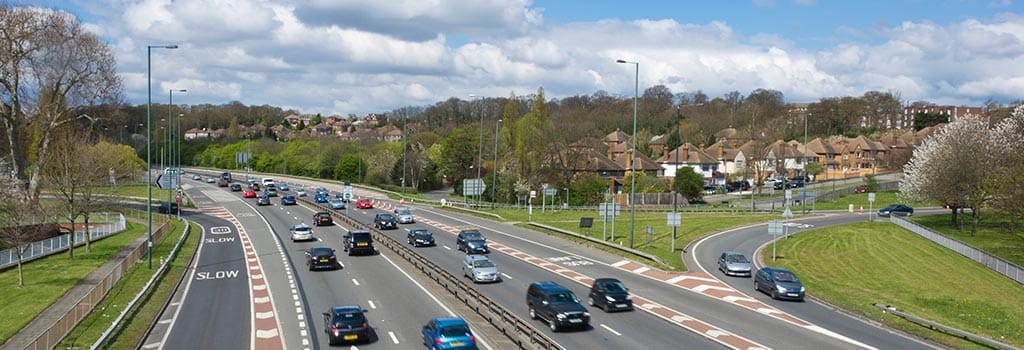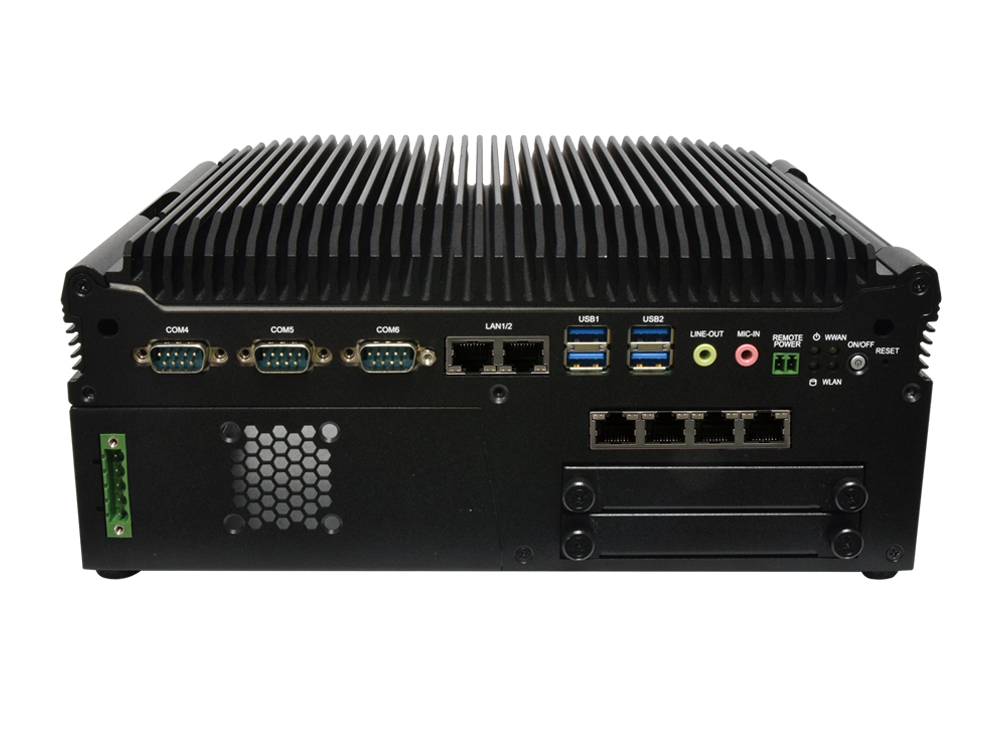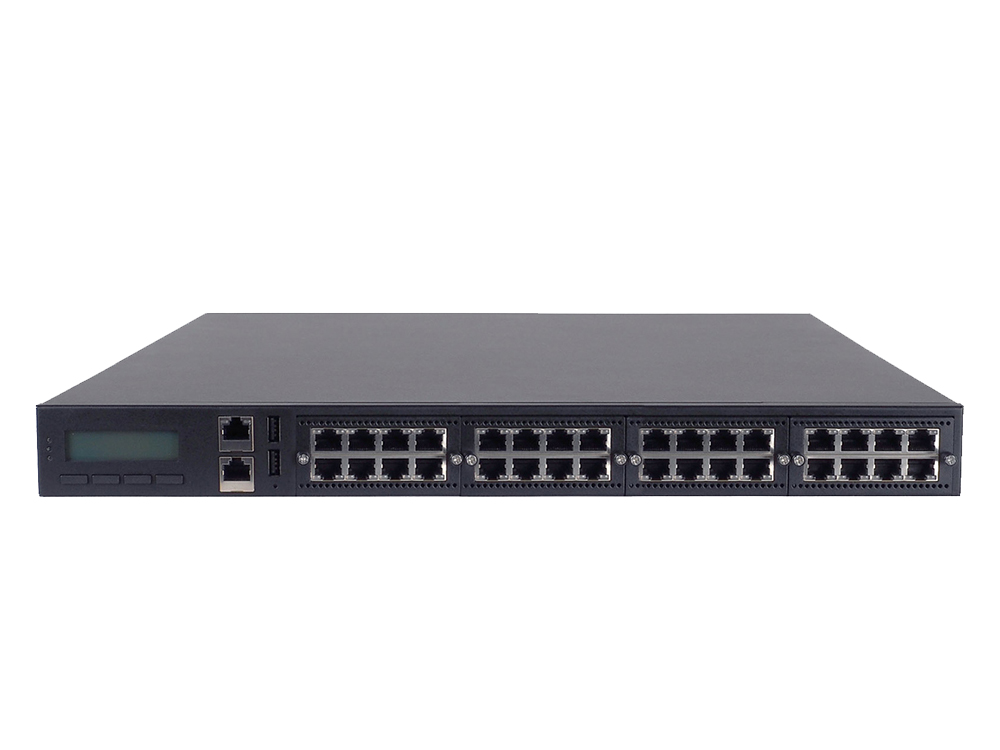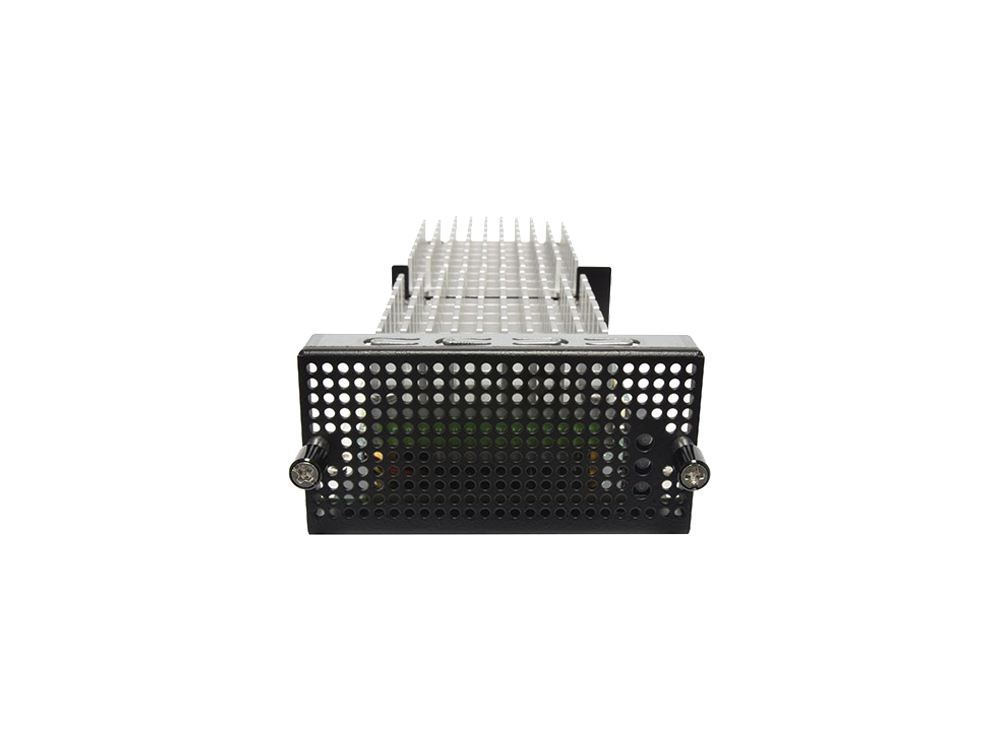Introduction
AI-based Edge Computing technology is finding its way into various application scenarios, and one of which is intelligent traffic management. AI-optimized video analytics algorithms enable traffic flow analysis, vehicle counting, license plate recognition and driver/pedestrian behavior prediction, generating tremendous but useful volume of real-time data, at the edge, that can be relayed to the traffic control center for proactive response with almost no latency, not only preventing accidents but also saving lives.
Problem
In populous metropolitan areas where traffic flow is heavy, keeping traffic under control and maintaining road safety at intersections with the heaviest traffic are often tricky as vehicles/drivers and pedestrians behaviors are erratic and unpredictable, not to mention the lack of on-site law enforcement.
Traffic violations such as speeding, median crossing and red-light running are daily occurrences, giving rise to even more serious offenses, worsening traffic congestion and increasing number of preventable accidents.
Solution
This is where AI-based intelligent video traffic monitoring comes into play. AI-based traffic monitoring solutions involve the integration of rugged edge AI-ready box PCs, traffic light systems and AI inference servers, turning traffic signals systems into a smart network.

Box PCs deployed at the Edge behave as AI sensors that capture live streams from IP cameras powered by PoE and RJ45 LAN ports, the captured streams are then compared with and analyzed using the aforementioned volume of real-time data found at the inference servers; these versatile and robust interfaces are of course built into the rugged box PCs that offer power-efficiency, fan-less design, wide operating temperatures and most importantly of all, compatibility with Edge AI accelerator modules.
Product
The LEC-2290, an IPC designed for intelligent edge computing, comes with support for the 8th generation Intel® Core™ i7 CPU (codenamed Coffee Lake S). This Edge AI appliance also features up to 32GB DDR4 memory, 4x PoE for camera connections and PCIe/Mini-PCIe slots for GPU cards.
LEC-2290 features:
- Intel® Core™ i7-8700T/i7-8700
- 2x DDR4 2133/2400 SO-DIMM, Max. 32GB
- 2x RJ45 GbE LAN, 4x PoE, 4x USB3.0, 6x COM Ports, 8x DI & 8x DO
- 2x Removable HDD/SSD External Slot w/ RAID, 1x mSATA
- 1x PCIe*16, 1x Mini-PCIe w/ Nano-SIM, 1x B Key M.2 w/ Nano-SIM
Lanner’s NCA-5210 is the ideal AI server appliance and it is compatible, via its NIC module slot, with Lanner’s NCS2-NV02, an Edge AI accelerator module powered by NVIDIA Jetson® TX2 processors for video transcoding.
NCA-5210 features:
- Intel® 7th Gen Core™ i7/i5/i3 with Intel® C236 Chipset
- 4x NIC Modules
- 4x 288-pin DIMM DDR4 at 2400MHz, Max 64GB
- 2x 2.5" HDD/SSD Drive Bays
- 1x PCI-E*4/8 FH/HL
- 4x Cooling Fans
NCS2-NV02 features:
- Dual NVIDIA Jetson® TX2 Processors
- Power-Efficient Video Transcoding, including 10bit support
- NCS2 Form Factor, PCIe 4x Expansion Card
- Intel® i350-AM2 Onboard for Data Communication
- Onboard Dual Micro USB Ports
Lanner’s wide range of configure-to-order Edge AI platforms for system integrator, service providers and application developers deliver robust computing power for edge networks deployed in retail, smart factory, transportation, critical infrastructure and other rugged industrial conditions.
Benefits
The NCA-5210 is coupled with the NCS2-NV02, a power-efficient GPU module with dual NVIDIA Jetson® TX2 Processors SoM (System-on-Module) for AI reference in the control room.
This swappable GPU module features onboard Intel i350-AM2 Ethernet controllers for offloading high-volume interface processing and for optimizing deep learning analysis on Lanner’s x86
network platforms.
AI-ready LEC-2290 with PoE-powered IP cameras, on the other hand, are positioned in every corner of an intersection as it leverages GPU-accelerated frameworks for speedy and latency-free data processing and video transcoding.
This AI-based intelligent video traffic monitoring system detects, identifies and classifies all vehicles and pedestrians at the edge for data crunching. The resulting information is then used to not only optimizing traffic lights but also predicting driver/pedestrian behaviors; such deployment can take place either at the individual intersection or across an entire city grid.
Other benefits acquired from moving compute closer to the point of action (Edge Computing), are bandwidth efficiency, speedy calculation and latency-free performance, all are important factors that facilitate traffic planning, city planning and traffic policies implementation.
Conclusion
Intelligent traffic monitoring systems built with the LEC-2290 and the NCA-5210 deliver capabilities for real-time collision predictions by calculating the speed, acceleration and direction of all moving vehicles, providing not only a safe environment in which vehicles and pedestrians’ right-of-way can be correctly prioritized but also a blueprint for when other city planning engineers wish to adopt similar public transportation practices or policies.
Related Articles
- Intelligent Edge Further Enhances Edge Computing
- Video AI Computing Platform Enables Real-time Thermal Screening









